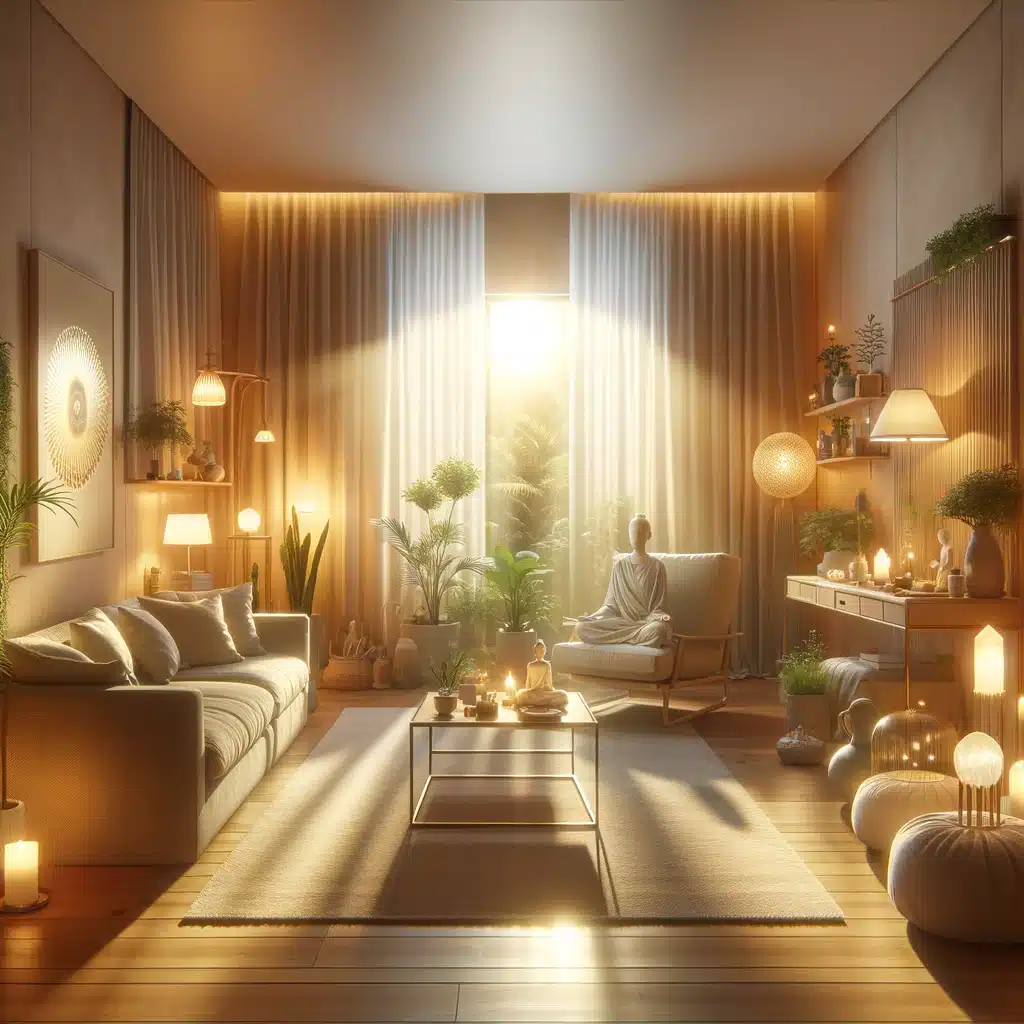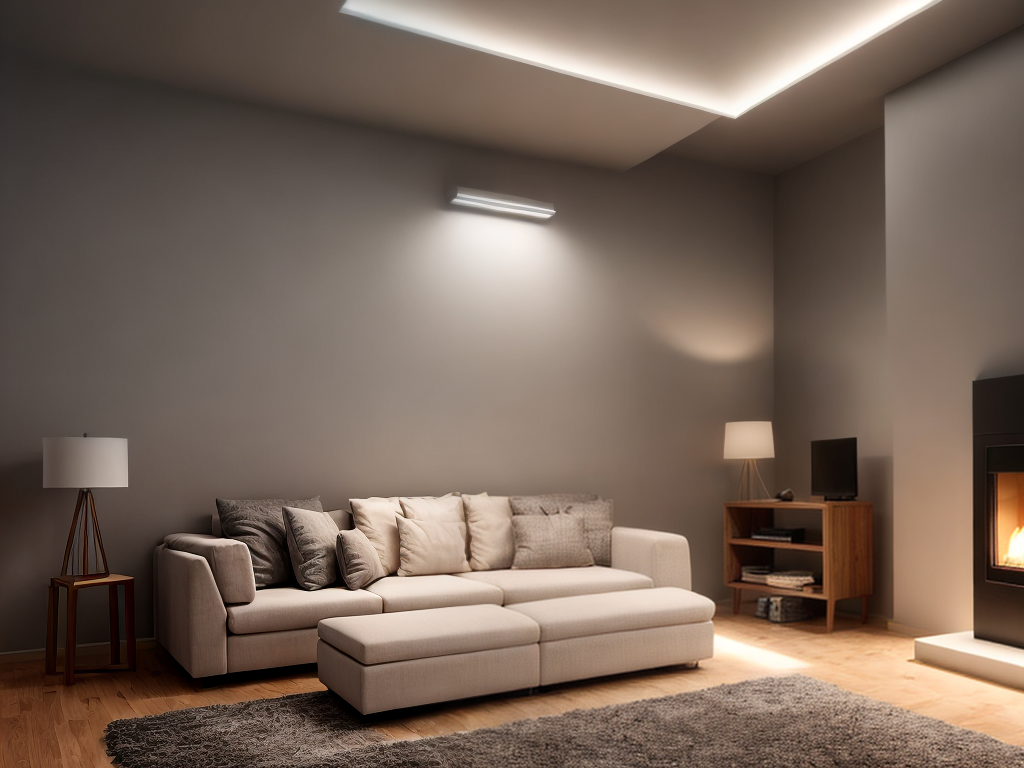I recently decided to enhance the ambiance of my living room by installing LED strip lighting. It was a step-by-step process that required careful planning and precise execution. In this guide, I will share with you the exact steps I took to successfully install LED strip lighting in my own home. By following this guide, you will gain mastery over the installation process and be able to create stunning lighting effects in any room. From gathering the necessary tools and materials to troubleshooting any issues that may arise, this step-by-step guide will provide you with all the information you need to confidently install LED strip lighting. So let’s get started!
Key Takeaways
- Choose the right LED strips based on factors like color temperature, brightness, and length.
- Ensure you have the necessary tools and safety equipment for installation.
- Properly plan and prepare by calculating power requirements, obtaining connectors and cables, and deciding on mounting options.
- Test connections and troubleshoot common problems if the LED strip is not functioning properly.
Tools and Materials Needed
To install LED strip lighting, you will need the following tools and materials. First, you need to choose the right LED strips for your project. Consider factors such as color temperature, brightness, and length. It is essential to ensure that the LED strips are suitable for the intended use and environment. Next, make sure you have the necessary safety equipment. Safety goggles and gloves are important to protect your eyes and hands during installation. Additionally, a ladder or step stool may be needed to reach high places safely. Finally, gather scissors or wire cutters to trim the strips to the desired length, a ruler or tape measure for accurate measurements, and adhesive or mounting clips to secure the strips in place. Remember, safety precautions should always be taken during installation to avoid accidents or electrical hazards.
Planning and Preparation
Before I begin planning and preparing for the installation of LED strip lighting, I need to ensure that I have all the necessary tools and materials. Here are the five items you’ll need for a successful installation:
- LED strip lights: Choose the right LED strip for your space by considering factors such as brightness, color temperature, and length.
- Power supply: Calculate the power requirements of your LED strip lights to ensure you have a suitable power supply.
- Connectors and cables: These are essential for connecting different sections of LED strip lights and extending their reach.
- Mounting clips or adhesive tape: Decide on the method of attaching the LED strip lights to your desired surface.
- Dimmers or controllers: If you want to adjust the brightness or change the color of your LED strip lights, you’ll need a dimmer or controller.
Mounting the LED Strips
First, I will determine the desired location for mounting the LED strips. When it comes to mounting techniques, there are a few options to consider. One popular method is using adhesive. There are various adhesive options available, such as double-sided tape or adhesive-backed strips. It is important to choose an adhesive that is strong enough to hold the strips securely in place, but also allows for easy removal if needed. Before applying the adhesive, make sure the surface is clean and free from any dust or debris. Another mounting technique is using mounting clips or brackets. These can provide a more secure hold and allow for easier adjustments. Ultimately, the choice of mounting technique will depend on the specific needs and preferences of the installation.
Connecting the LED Strips
I connect the LED strips by securely attaching the power supply to the designated connector. This step is crucial to ensure that the LED strips receive the necessary power to illuminate. To make the connection process easier and more efficient, consider the following tips:
- Use soldering techniques: Soldering provides a reliable and secure connection between the power supply and the LED strips. It creates a strong bond that prevents loose connections and reduces the risk of malfunction.
- Choose the right power supply: There are various power supply options available, such as plug-in adapters or battery packs. Ensure that the power supply you choose matches the voltage and current requirements of your LED strips.
- Insulate the connection: After connecting the power supply, use heat shrink tubing or electrical tape to insulate the connection and protect it from moisture and short circuits.
- Test the connection: Before installing the LED strips, it is essential to test the connection to ensure that the power supply is working correctly and providing the necessary power.
- Secure the connection: Use cable ties or adhesive clips to secure the connection and prevent any accidental disconnections.
Testing and Troubleshooting
To ensure proper functionality, I test and troubleshoot the LED strip lighting installation. Even with a well-executed installation, there can be common problems that arise. Here are some troubleshooting tips to help you address these issues:
| Common Problem | Possible Cause | Troubleshooting Tips |
|---|---|---|
| LED strip not working | Loose connection | Check all connections and ensure they are secure. |
| Uneven lighting | Incorrect voltage | Make sure the power supply matches the LED strip voltage requirements. |
| Flickering lights | Inadequate power supply | Upgrade to a higher wattage power supply. |
| Color irregularities | Faulty LED strip | Replace the LED strip with a new one. |




